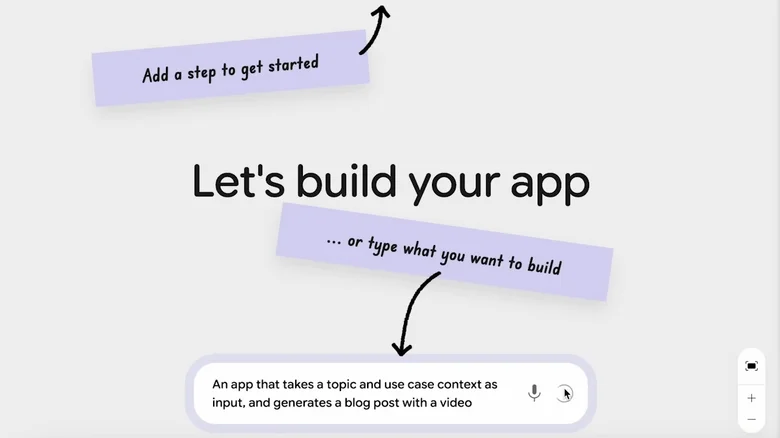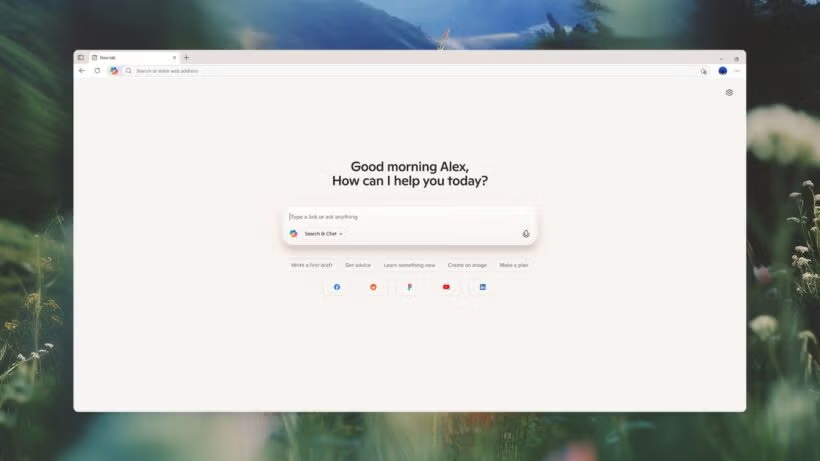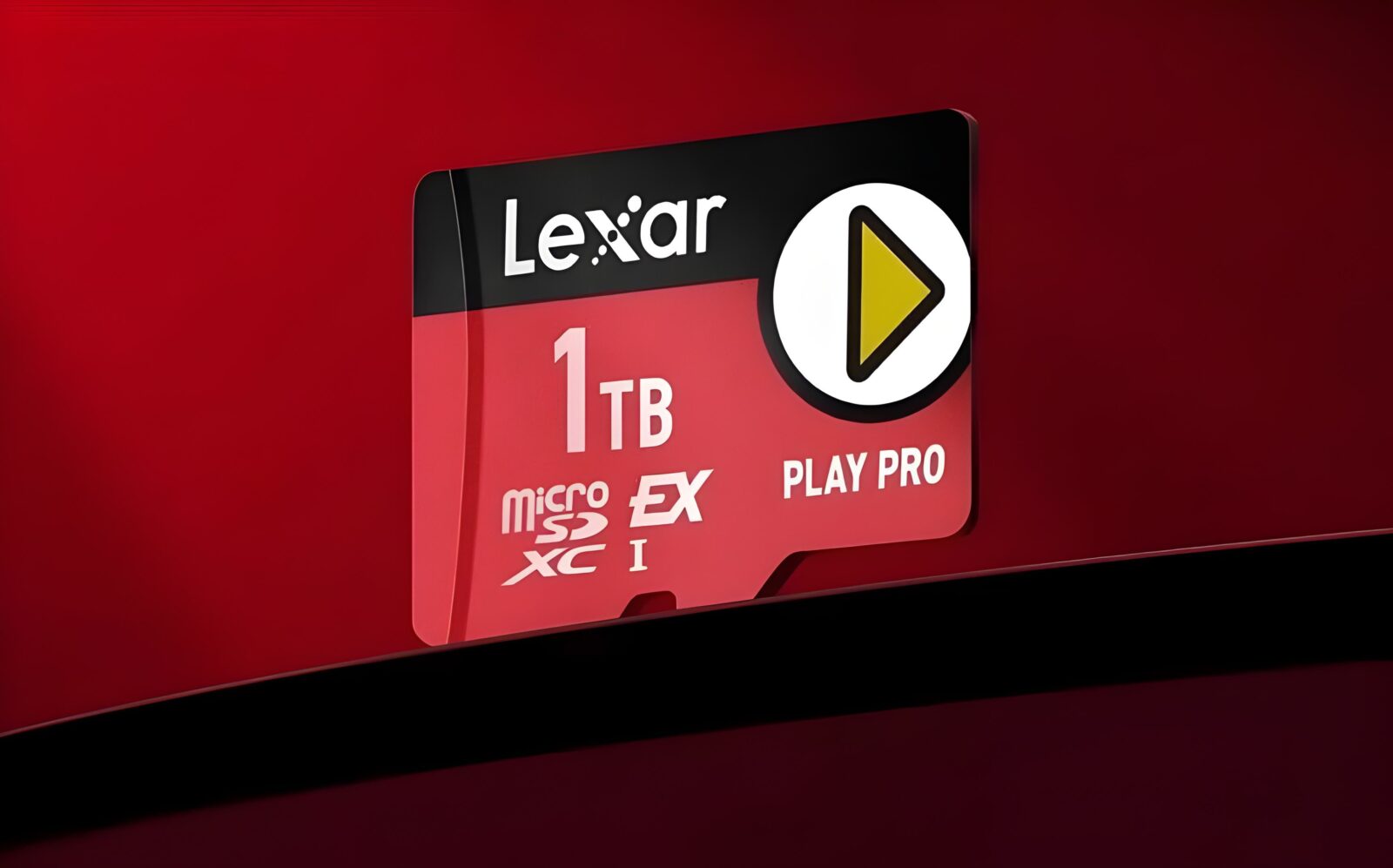Google has opened public access to a new experimental coding tool called Opal, designed for anyone curious about building apps using little more than natural language. Available now through Google Labs, Opal is part of the company’s broader push into AI-assisted development and represents a deeper dive into what’s becoming known as “vibe coding.”
Vibe coding is a relatively new term that describes a laid-back, AI-heavy approach to programming — where users rely heavily on AI tools to generate and iterate on code, rather than building it line by line themselves. Depending on who you ask, it’s either a shortcut for the lazy or a democratizing shift that makes software creation more accessible.
Google’s latest move builds on earlier efforts like Jules, its AI code assistant aimed at helping developers write better code. But Opal takes a more ambitious leap: it’s built to create mini-apps end-to-end from plain English prompts. Users can simply type something like “make an app to order breakfast,” and Opal will generate a working prototype — which can then be customized, iterated on, and even shared with others in just a few clicks.
The tool is positioned not just as a productivity booster, but also as an entry point for non-developers. And while the ease of use is striking, so are the trade-offs. Vibe coding tools, by their nature, rely on opaque decision-making from generative AI models. As with other low-code or no-code platforms, that can lead to confusion when things break — or, in some cases, serious data loss. One recent anecdote circulating online involved an investor using a similar tool (Replit) who watched helplessly as the AI accidentally wiped out his project’s database during a moment of algorithmic indecision.
That risk hasn’t stopped vibe coding from gaining traction. For casual tinkerers, entrepreneurs, or even seasoned developers prototyping quickly, the benefits are hard to ignore. Tools like Opal drastically lower the barrier to shipping working apps — a trend that’s increasingly shaping how products are built.
Still, there’s reason for caution. As AI continues to automate the more mechanical parts of software development, the human element becomes even more critical. Developers need to understand what the AI is producing, how to test and secure it, and where to intervene when something doesn’t go as expected. Vibe coding might get you from idea to app faster, but quality, stability, and accountability still matter — especially when you’re building something meant for real users.
Opal is free to try right now via Google Labs, and its performance and usefulness will likely depend on your expectations. If you’re looking to play around with app concepts or explore what’s possible without diving too deep into syntax, it could be a great fit. Just don’t forget that AI is still a collaborator, not a replacement — at least for now.






